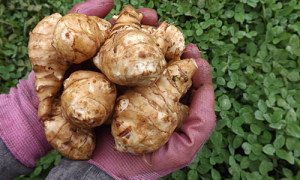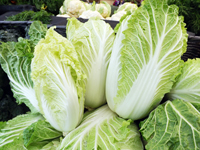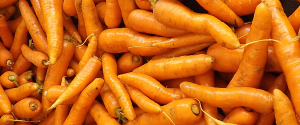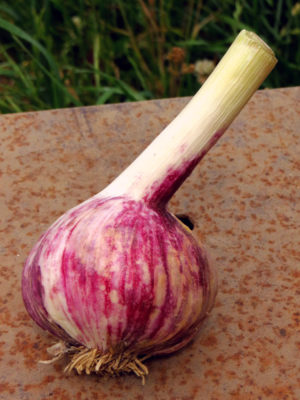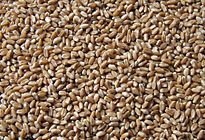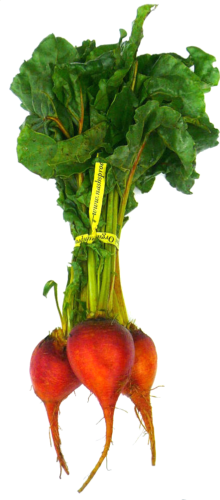
Preheat oven to 375 degrees F (190 degrees C). Wrap beets in foil.
Bake the beets until tender, about 1 hour; allow to cool, then peel the beets. Cut them into bite-size chunks.
Heat the olive oil in a soup pot over medium heat and cook the red onion, leek, and garlic until the onion is translucent, about 5 minutes. Pour in the vegetable broth, and mix in the beets, bay leaves, cinnamon, salt, black pepper, oregano, basil, cinnamon, cumin, and tarragon. Bring the soup to a boil, then reduce heat to a simmer, and cook until the flavors of the bay leaves and spices are blended, 20 to 25 minutes. Pick out bay leaves.
Ladle about 1/4 of the beets into a blender, and add soup liquid as needed to fill the blender about 1/4 full. Hold down the lid of the blender with a folded kitchen towel, and carefully start the blender, using a few quick pulses to get the beets and broth moving before leaving it on to puree. Puree the beets until smooth, and pour back into the soup.
Have you tried this recipe? Tell us how it turned out!

